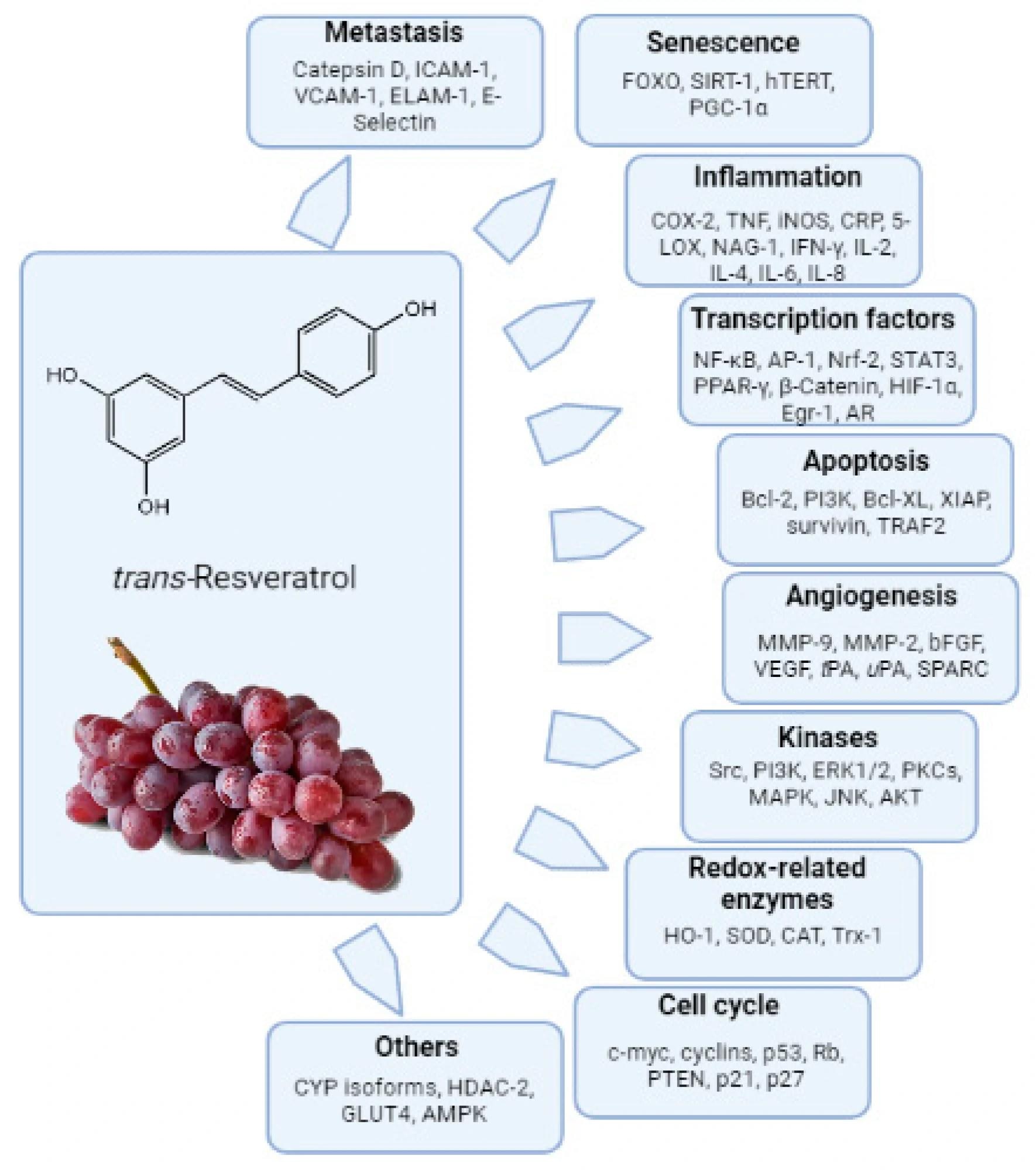The consumption of alcohol can be harmful to one's health. However, in moderate amounts, wine has been shown to have health benefits. A recent study puts together the available evidence in this area.
 Review: Moderate Wine Consumption and Health: A Narrative Review. Image Credit: Manoph /Shutterstock
Review: Moderate Wine Consumption and Health: A Narrative Review. Image Credit: Manoph /Shutterstock
Introduction
Many public health warnings have been issued against alcohol consumption, even in small quantities, though the evidence for such strict limits is controversial. The current study, published in the MDPI journal Nutrients, is a narrative review focused on clearing up some of the confusion associated with alcoholic drinks.
The researchers' main aim was to test for a correlation between cardiovascular disease, type 2 diabetes mellitus, neurodegenerative disease, and premature death, besides cancer risk. These associations were examined concerning the use of different types of alcohol, especially wine, vs. other alcoholic beverages.
The scientists also looked at how wine differed from other types of alcohol and the biochemical pathways involved, along with the activity of plant chemicals like resveratrol in wine.
"This study provides scientific data to tailor the efforts in educating clinicians and the public about the relationship between wine consumption and favorable disease outcomes."
Wine is an aqueous solution of alcohol. Wine contains a host of bioactives, including anthocyanins, flavones, flavonols, and other phenolics. Most of these have been studied earlier. However, their synergistic biological effects are much more significant and complex than these individual studies indicate.
Total phenolics in wine range from ~1,500 to 3,000 mg/L (in gallic acid equivalents (GAE) for red wine, but much lower at ~200 to 400 for white wines.
Stilbenes are a type of phenolic compound in wine derived from grape skins. The stilbene resveratrol has been shown to have multiple physiological benefits and is highly abundant in high-quality grapes and wine.
Resveratrol has poor bioavailability as it is rapidly metabolized. Therefore, it acts on many targets within cells and tissues, including vascular and metabolic targets. This accounts for its anti-inflammatory, anti-aging, anti-tumor, and cardioprotective activity. However, "resveratrol cannot be considered the only thing responsible for the benefits associated with moderate red wine consumption, rather, these effects are attributable to the entire pool of antioxidants present."
Many conditions have been reported to boost resveratrol concentrations in grapes, both red and white, and therefore in wine, such as cool ripening conditions, the clone, type of soil, growing and post-harvest practices, and wine production processes.
Another potentially more bioactive compound is a trans-resveratrol dimer named trans-epsilon-viniferin (ε-viniferin).
How does wine affect body processes?
Both resveratrol and ε-viniferin have activity against cancers, obesity, obesity-related disorders, and cardiovascular or neurodegenerative diseases. In addition, multiple phenolic compounds, such as quercetin, show antioxidant and anti-inflammatory properties. However, these are poorly absorbed and rapidly metabolized to other forms. This may indicate that their paramount importance lies in their ability to modulate transcription and intracellular signaling pathways activated in cell survival responses.
 Resveratrol-modulated biochemical targets. AP-1, activator protein 1; CAT, catalase; CDK, cyclin dependent kinase; COX, cyclooxygenase; CRP, C-reactive protein; CYP, cytochrome P450; ER, estrogen receptor; ERK, extra cellularly regulated kinase; GPx, glutathione peroxidase; HIF, hypoxia inducing factor; hTERT, human telomerase reverse transcriptase; ICAM, intracellular adhesion molecule; IAP, inhibitor of apoptosis proteins; iNOS, inducible nitric oxide; MAPK, mitogen activated protein kinase; MMP, matrix metalloproteinase; NFκB, nuclear factor kappa B; PI3K, phosphoinositide-3 kinase; Rb, retinoblastoma; SOD, superoxide dismutase; STAT, signal transducer and activator of transcription; SPARC, secreted protein acidic and rich in cysteine; TNF, tumor necrosis factor; VEGF, vascular endothelial growth factor.
Resveratrol-modulated biochemical targets. AP-1, activator protein 1; CAT, catalase; CDK, cyclin dependent kinase; COX, cyclooxygenase; CRP, C-reactive protein; CYP, cytochrome P450; ER, estrogen receptor; ERK, extra cellularly regulated kinase; GPx, glutathione peroxidase; HIF, hypoxia inducing factor; hTERT, human telomerase reverse transcriptase; ICAM, intracellular adhesion molecule; IAP, inhibitor of apoptosis proteins; iNOS, inducible nitric oxide; MAPK, mitogen activated protein kinase; MMP, matrix metalloproteinase; NFκB, nuclear factor kappa B; PI3K, phosphoinositide-3 kinase; Rb, retinoblastoma; SOD, superoxide dismutase; STAT, signal transducer and activator of transcription; SPARC, secreted protein acidic and rich in cysteine; TNF, tumor necrosis factor; VEGF, vascular endothelial growth factor.
The metabolites produced from these compounds may be equally or even more bioactive than the parent compounds. Local antioxidant activity also may help defuse the risk posed by the production of lipid peroxides during the digestion of red meat in the stomach.
Melatonin is another important compound identified in wines that could confer a health-promoting effect on moderate wine consumption.
Wine may prevent atherosclerosis induced by inflammation in response to the oxidation of the vascular cells and lipoproteins in the blood. This action contributes to preventing cardiovascular, neurodegenerative, and cancerous conditions by strengthening the body's antioxidant defenses.
It is important to note that moderate amounts of wine and food, as is typical with the Mediterranean diet, could be key to these beneficial effects.
This "could represent the best way to decrease the toxic effects of ethanol and simultaneously increase the antioxidant/detoxifying defenses."
The review showed how this type of intake modulates multiple pro-inflammatory pathways at the gene level.
How does wine impact genes?
Alcohol consumption, even at low levels, is linked to cirrhosis of the liver and various cancers. Its metabolite, acetaldehyde, is involved in many of these pathways. Aldehyde dehydrogenases (ALDHs) are responsible for breaking down alcohol into nontoxic metabolites. Various wine phenols and their metabolites could potentiate this.
Overall, these "interactive biomolecular vehicles" can counteract various stress-inducing mechanisms, preventing inflammation, releasing reactive oxygen species (ROS) and damaging the genes, and enhancing the expression of antioxidant enzymes. The activation of these pathways may help prevent oxidative stress, changes in cell metabolism, and reactive cell proliferation. This results in the prevention of various chronic or degenerative pathologies resulting from oxidative stress and inflammation.
The phenols in wine could also increase gamma-glutamylcysteine synthetase levels. This is the rate-limiting enzyme in the synthesis of the most potent antioxidant in the body, namely, glutathione (GSH). The results of counteracting ROS effects could include preventing accumulating alterations in DNA transcription and averting cell degeneration and death over time.
The epidemiological conclusions
Epidemiologists have also pointed out that moderate alcohol (particularly wine) consumption is linked to a reduced risk of cardiovascular disease, especially heart disease. Drawing data from the French population, with a diet high in saturated fat and wine, with high serum cholesterol levels, but low cardiovascular disease mortality rates relative to other Western countries, the role of 3-5 glasses of red wine a day in heart health has been in the forefront, compared to other alcoholic drinks.
"The proposed Mediterranean style of consumption [2] consists of a recommended limit of alcohol consumption that should not exceed 30 g of ethanol (i.e., about two glasses of wine per day, in combination with meals) for men and 15 g (one glass) for women." Guidelines vary, however, between societies and countries.
Interestingly, low to moderate red wine or alcohol consumption (up to 21 drinks a week, or up to 15 g/day, respectively) was linked to a reduction in cardiovascular disease by almost a quarter. Type 2 diabetes mellitus (T2DM) was also found to be less prevalent, along with insulin resistance. Overall, death rates dropped by over a third, and CVD deaths by over half, compared to abstainers.
Again, both abstainers and high drinkers had a higher risk of dementia and neurodegenerative disease. Stroke risk was reduced by 17% with weekly wine consumption, by 40% and 30%, with weekly and daily consumption, respectively. This was not true with beer intake or spirits.
Again, many papers and professional guidelines recommend abstention from alcohol to prevent many cancers, including those of the head and neck, liver, esophagus, breast, colon, and rectum. However, the Centers for Disease Control and Prevention (CDC) of the United States of America says moderate drinking is also an option. Recently, one scientist went further, stating that "the evidence of increased cancer risk is for alcohol intake >30 g/day."
While a longer lifespan is also suggested to be associated with moderate alcohol consumption, further human studies are required to establish this on a firm foundation.
What are the implications?
"The analysis clearly indicates that wine differs from other alcoholic beverages and its moderate consumption not only does not increase the risk of chronic degenerative diseases but is also associated with health benefits particularly when included in a Mediterranean diet model."
Alcohol produces toxicity to a wide range of cells and tissues. It often leads to dependence and addiction and is associated with premature death in a tenth of the deaths occurring in people between 15 and 49 years. During childhood and adolescence, alcohol affects brain development and maturation, and addiction is much more likely. Alcohol use is much more dangerous during this period compared to adults.
As such, alcohol consumption is not recommended for abstainers, pending more authoritative data and given the high abuse potential even among low-risk individuals.
"Every effort must be made to promote behavioral education to prevent abuse, especially among young people."
The desired outcome of this report is the development of evidence-based guidelines on alcohol consumption that will not injure human health and may benefit it. This might be limited to the age group of people over 40 years of age, in moderate amounts, and with Mediterranean-style food.